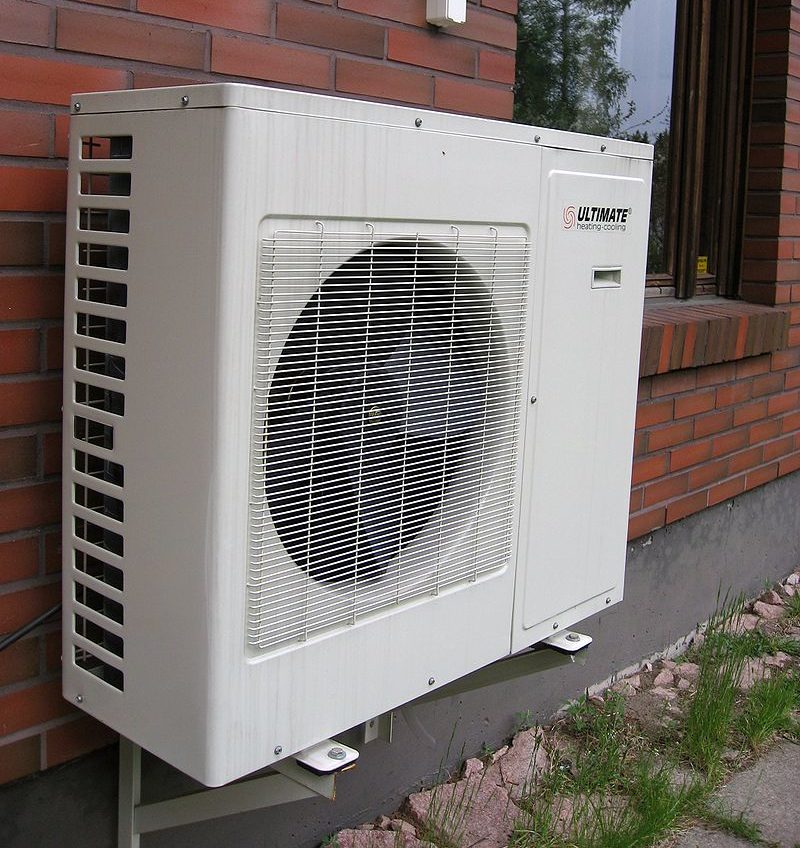Scientists at the Oxford Institute for Energy Studies have thoroughly analyzed the initial results of China’s Whole County PV pilot program, a scheme aimed to expand the use of distributed rooftop solar in cities and rural communities, in order to examine the economics of heat pump adoption, for both cooling and heating, in connection with solar power generation.
Launched in June 2021, the Whole County PV pilot program is open to 676 counties representing approximately 21% of Mainland China's land area and 24% of its population. “The eastern provinces of Shandong, Jiangsu, and Henan lead with over 50 counties each,” the study noted.
The study reveals that sales of air-source heat pumps rose in China from 1.5 million annually in 2017 to 2.5 million in 2021. “However, heat pumps face challenges in China's Severe Cold regions due to poor efficiency at low temperatures, poor building insulation, and high humidity leading to issues of frosting,” it also states.
The economic analysis on the use of PV-linked residential heat pumps included 137 counties. “These counties include each province of China, and, where possible, cover a range of geographies within each province,” the academics said. “The model bases hourly heating load on an individual 100-square-meter house that follows the basic China rural residential building standard.”
They assumed a heat pump is connected to a 5 kW PV system and, in some cases, they also considered the use of an 8 kWh battery. Under this system configuration, the solar array can cover a bit less than half of a total household electricity load over a full year when combined with an air-source heat pump for both heating and cooling. “Given that heating accounts for the major share of total electricity load under this scenario, PV coverage of load generally increases in warmer climate zones,” they specified.
Through their analysis, the researchers found that China's northern provinces provide the greatest economic benefit, with payback times being in most of cases under three years. They also ascertained that, in the country's central regions, the payback time is between three and six years, and that, in the southern regions, the adoption of solar-powered heat pumps is “uneconomical.”
They published their findings in the paper “Synergies between China's Whole County photovoltaic program and rural heat pump adoption,” which was recently published in Wires Energy and Environment. “The analysis shows that pairing heat pumps with PV is most beneficial in North Central China, including in those provinces where the Whole County PV program is most active: Henan, Jiangsu, and Shandong,” they concluded.
This content is protected by copyright and may not be reused. If you want to cooperate with us and would like to reuse some of our content, please contact: editors@pv-magazine.com.




It would have been helpful to have an explanation of why the ROI of the system was deemed uneconomical in southern areas. Presumably this was because of the much reduced need for heating, which would provide the greatest power-saving advantage?